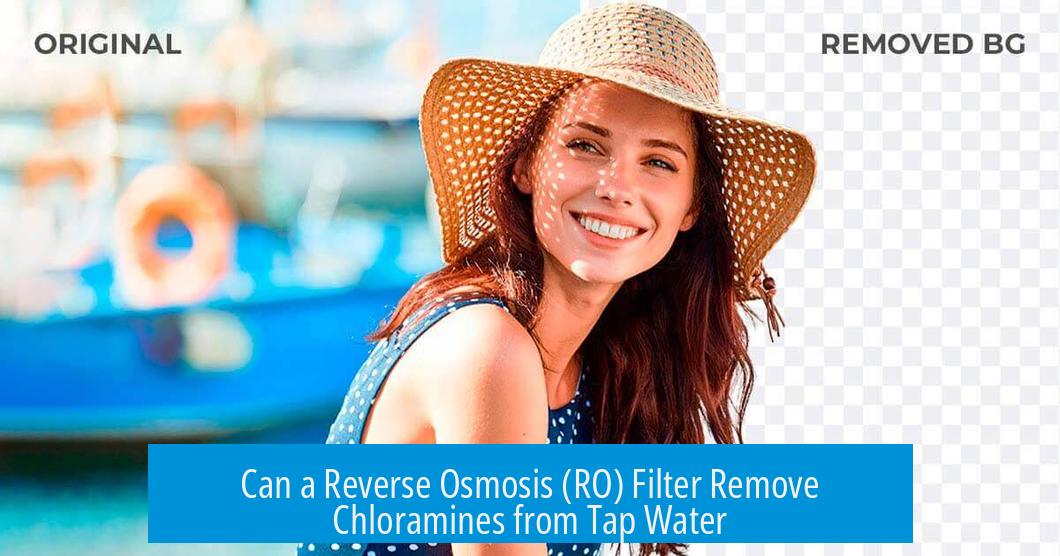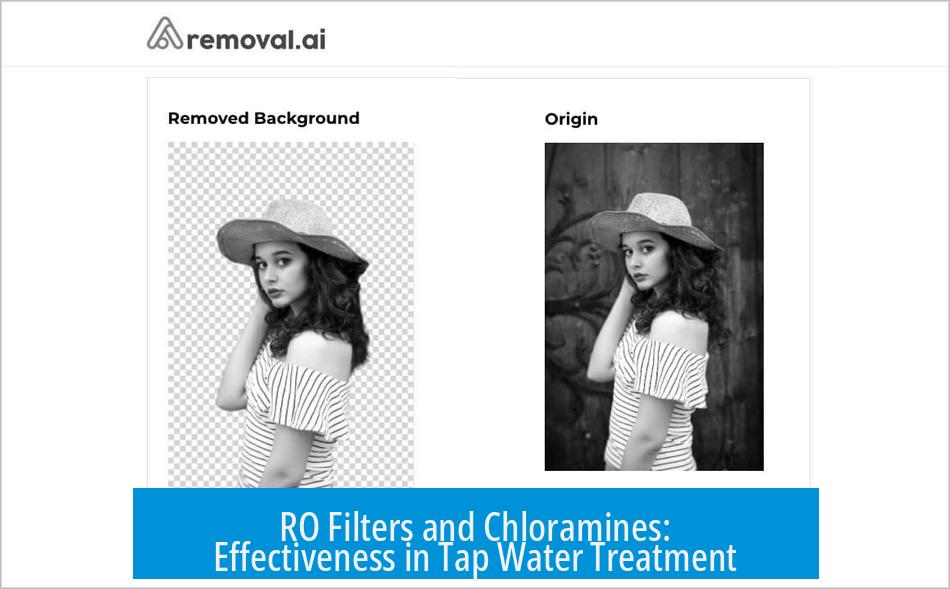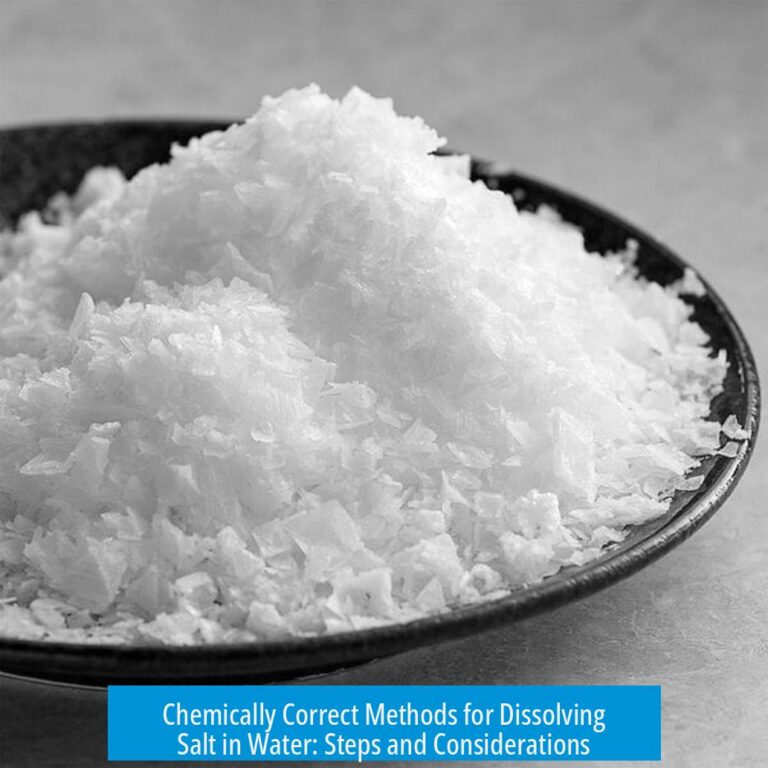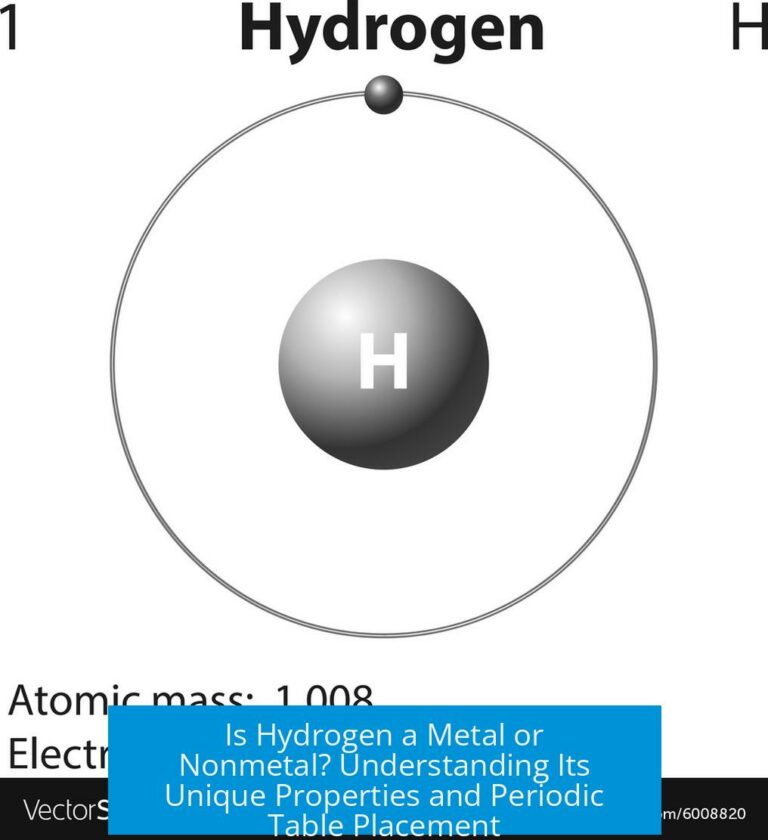Can a Reverse Osmosis (RO) Filter Remove Chloramines from Tap Water?

Reverse osmosis alone does not effectively remove chloramines from tap water, even at a concentration of 3 ppm and a capacity of 600 gallons per day (gpd). RO membranes are designed to filter out dissolved salts, metals, and particulates, but chloramines—a combination of chlorine and ammonia—pass through most standard RO membranes without significant reduction.
Why RO Filters Are Ineffective Against Chloramines
The RO process involves forcing water through a semipermeable membrane that excludes large molecules and ions. Chloramines are small and relatively stable molecules, allowing them to pass through the membrane. Thus, the presence of 3 ppm chloramine in tap water is unlikely to be significantly lowered by RO filtration alone, regardless of the system’s 600 gpd flow rate.
Effective Methods for Chloramine Removal
Multi-stage activated carbon filters effectively reduce chloramines by adsorbing them onto carbon surfaces. These filters specifically target chloramines through catalytic reactions and physical adsorption. Incorporating activated carbon pre-filters before an RO system can help remove chloramines and protect the membrane from chemical damage.
- Activated Carbon Filtration: Multi-stage granular or catalytic carbon filters reduce chloramine levels significantly.
- Boiling: Boiling water can break down chloramines due to their low boiling points, but it is not practical for large volumes.
- Distilled Water: Using distilled water can eliminate chloramines, especially for sensitive uses like aquariums.
Other Considerations
The chloramine level of 3 ppm is moderately high, so effective removal is critical if chlorine compounds may harm equipment, aquatic life, or human health. A 600 gpd RO system without an activated carbon stage will not lower chloramines to safe or neutral levels.
Summary of Key Points
- RO filtration alone does not remove chloramines effectively.
- Activated carbon filters are necessary to reduce chloramine concentrations.
- Combining activated carbon with RO provides better water treatment for chloramine removal.
- Boiling or using distilled water can eliminate chloramines but are less practical for high volumes.
- At 3 ppm chloramine and 600 gpd capacity, RO systems without carbon filters are insufficient.
Does a standard RO filter remove chloramines from tap water?
No, reverse osmosis alone does not effectively remove chloramines. RO membranes do not break down chloramines, so they mostly pass through the system.
How can chloramines be reduced if using an RO system?
Incorporate multi-stage activated carbon filters before the RO membrane. Activated carbon significantly reduces chloramines by absorbing them from water.
Is a 600 GPD RO system sufficient for tap water with 3 ppm chloramine?
Capacity does not improve chloramine removal with RO alone. Without carbon filters, high chloramine levels will remain despite the flow rate.
What alternatives exist for removing chloramines in sensitive uses like aquariums?
Using distilled water or boiling tap water can remove chloramines. Boiling works since chloramines have low boiling points, so they evaporate effectively.
Can chloramine filters replace RO in treating chloramines?
Chloramine filters are usually multi-stage activated carbon filters designed to target chloramines. They are more effective for this purpose than RO membranes alone.





Leave a Comment